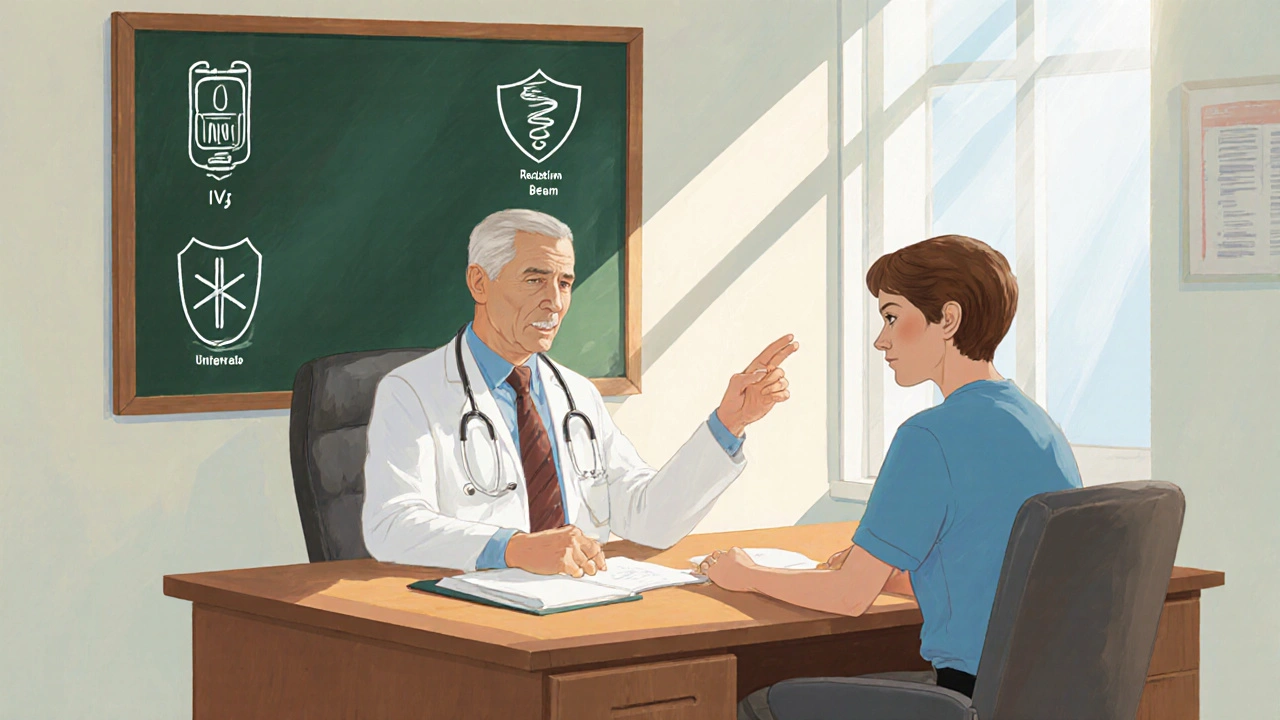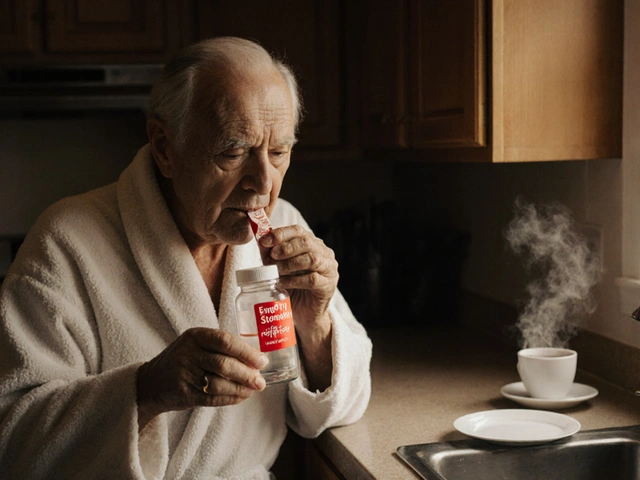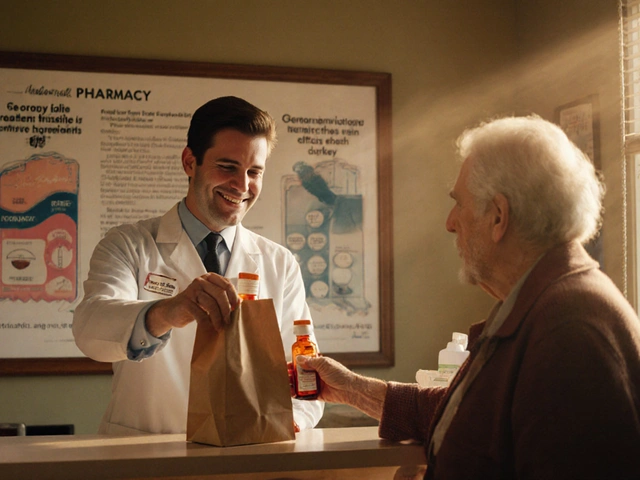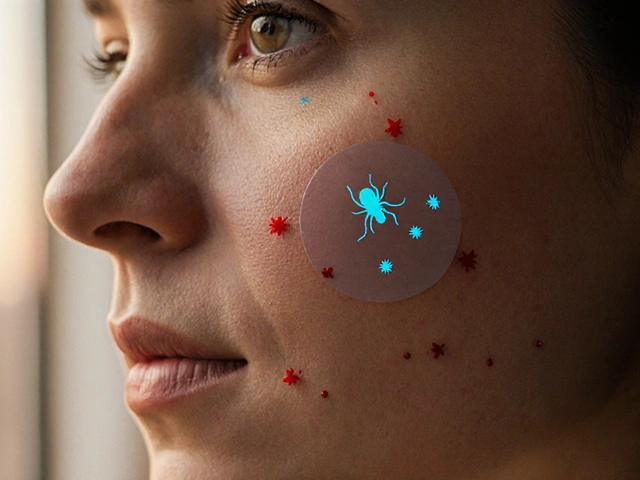Understanding Chemotherapy Side Effects
When dealing with chemotherapy side effects, the unwanted reactions the body has to cancer‑fighting drugs. Also known as treatment‑related toxicities, they can range from mild discomfort to serious health concerns, and they affect virtually every organ system.
Why These Reactions Happen and What Common Issues Look Like
Every chemotherapy drug attacks fast‑growing cells, which includes cancer cells but also healthy cells in the gut, hair follicles, and bone marrow. This is why nausea, a queasy feeling that can lead to vomiting is one of the first complaints patients report. Nausea doesn’t just feel bad; it can interfere with nutrition and the ability to stay on schedule with treatment.
Hair loss is another hallmark. The drugs wipe out the hair‑growing zone in the scalp, causing thinning or complete baldness. While scary, this effect is usually temporary and tells you the medicine is hitting rapidly dividing cells.
Fatigue is a chronic, draining tiredness that persists even after rest. It stems from a mix of anemia, metabolic changes, and the body’s effort to repair damaged tissue. Unlike normal tiredness, chemotherapy‑related fatigue can limit daily activities and reduce quality of life.
Bone marrow suppression, often called myelosuppression, reduces the production of red cells, white cells, and platelets. This leads to anemia, increased infection risk, and bleeding problems. Doctors monitor blood counts closely and may adjust doses or add growth‑factor support to protect the marrow.
Specific drugs bring their own profiles. For example, Alkeran (melphalan), an alkylating agent used for multiple myeloma and certain lymphomas is notorious for causing mouth sores, nausea, and a higher chance of low blood counts. Knowing which drug you’re on helps anticipate the side effects that are most likely.
Managing these reactions requires a three‑part approach: prevention, symptom control, and lifestyle tweaks. Anti‑nausea meds (like ondansetron) taken before treatment can stop nausea before it starts. Gentle scalp cooling caps can reduce hair loss for some patients. Regular low‑impact exercise, adequate hydration, and balanced meals help fight fatigue and keep the immune system strong.
Supportive care teams—nurses, dietitians, physical therapists—play a big role. They can tailor interventions, such as prescribing iron for anemia or antibiotics for infections, based on the specific side effect you’re facing.
Every patient’s experience is unique, but the core concepts stay the same: chemotherapy targets fast cells, side effects follow predictable patterns, and proactive management makes the journey much smoother. Below, you’ll find a collection of articles that dive deeper into each of these topics, offering real‑world tips, drug‑specific guidance, and patient stories to help you stay informed and in control.
Coping with Cell Lymphoma Treatment Side Effects: Practical Guide
A practical guide that explains common side effects of cell lymphoma treatment and offers clear strategies for nutrition, medication, activity, and emotional support.
Read





